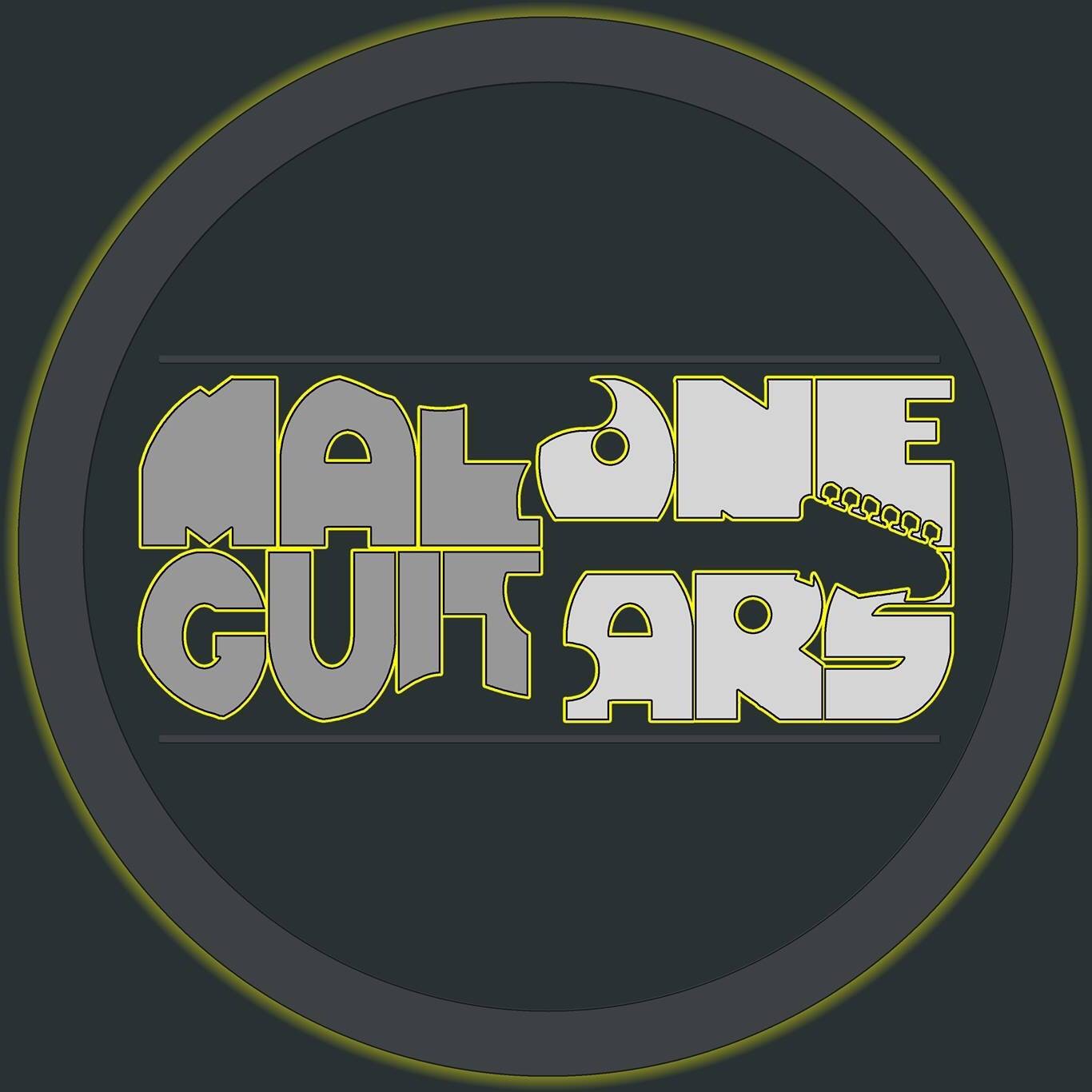
Making a Malone Guitars custom electric - part one: design and planning
- MaloneGuitars

- Dec 15, 2020
- 2 min read

As my most recent commission left the workshop on Saturday, carefully transported in the hands of its grinning new owner, I thought it might be interesting to share how it - and all of my custom instruments - came to life. So, in this four-part series, I'll show the full process of handcrafting a custom electric instrument here in my tiny workshop at Malone Guitars in Essex.
Every custom guitar that leaves the Malone Guitars workshop starts as a series of design mockups, which are drawn up after a consultation with the owner about what they want their guitar to do, their preferred materials, hardware, finish, and so on.
In this instance, we were going to build an 80's inspired, offset, Satriani-esque super-s type guitar, with hot HSH Bare Knuckle Pickups and a very 'trick' build. A modern style, carved, thick maple cap on a chambered mahogany body, 22 fret bolt-on bird's eye maple neck with stainless steel frets, locking tremolo system, with simple controls but ideally lots of voice option.
Below you can see the basic design the owner of this guitar (which came to be named the Pilot One) came to choose (top), with the completed guitar (bottom):
After considering the first mockups, the owner asked me to add the dark edge burst that you see on the finished guitar but gave me free rein to make changes as I saw fit during the build process. I stayed pretty close to the original concept but decided to add a couple of extra details, including a tremolo recess, a more luxurious and comfortable carve to the back, and a recessed, angled and edge-mounted jack socket.
This was a unique design idea I'd had bouncing around in my head for a while, and it was great to have a reason to finally let it out and make it real!
Design settled and deposit received, the next step was to select the right timber. I had a number of very nice, well-seasoned bird's eye maple neck blanks in stock and found the right mahogany blank and maple cap in stock with one of my regular suppliers. It was then a case of drawing up detailed full-size plans from the mockup and making initial templates for this total one-off, before jointing the boards and creating a body blank.
The plans show the positions for all the electronic and other cavities (this body is chambered for weight relief and balance), as well as the key measurements and depths. It's entirely possible to make a serviceable guitar without this step (I've done it myself in the past), but I'm not fond of the uncertainty, the invariable need to correct issues and the feeling of fudging things that seem to flow from it. It comes with the added advantage that everything is easily repeatable if I'm asked to make a similar instrument.
In parts two and three, I show the body construction process, from carving to initial assembly, and in part four I explain how I go about finishing, final assembly and set up.
Like what you see here? Want to see more content like this? Let me know in the comments below and be sure to sign up to be notified of new blog posts!





















Comments